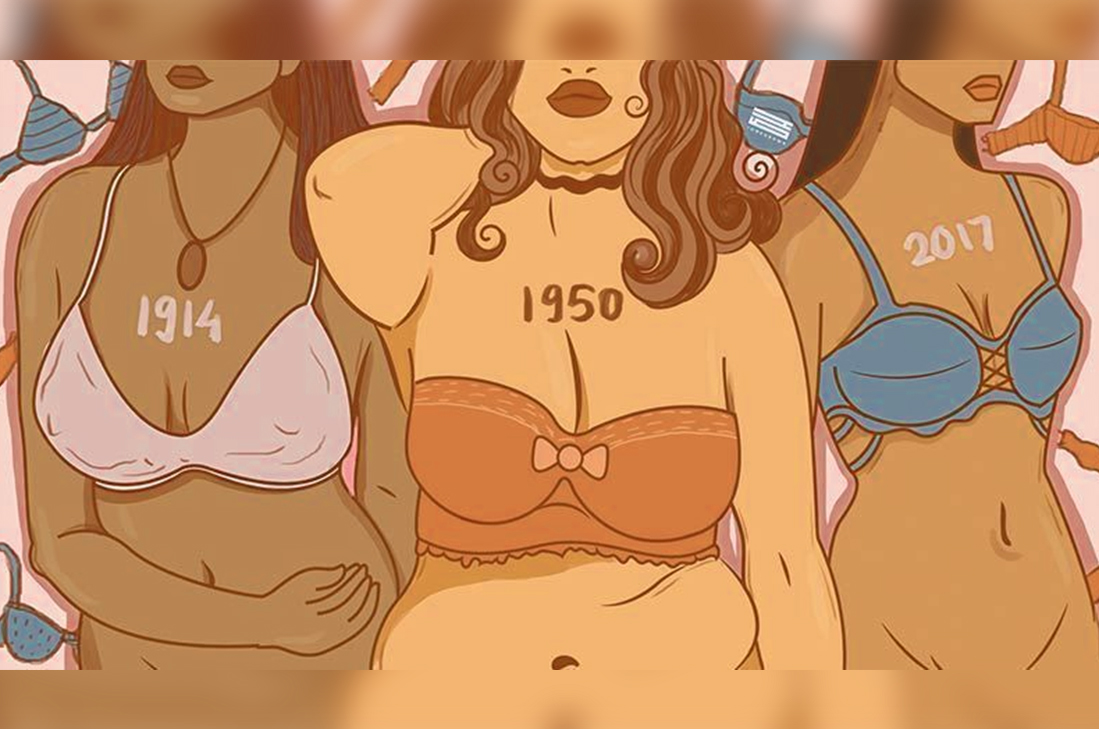Over the last 200 years, undergarments have progressed from the severe torturing body corsets to the most comfortable lingerie. Like other fashion categories, lingerie has also undergone a transformation as a result of style trends as well as the larger cultural climate of the time. Click through to see the entire history of lingerie, from the crazy corsets of the early 1800s to today's underwear-as-outerwear motifs.
History of Lingerie
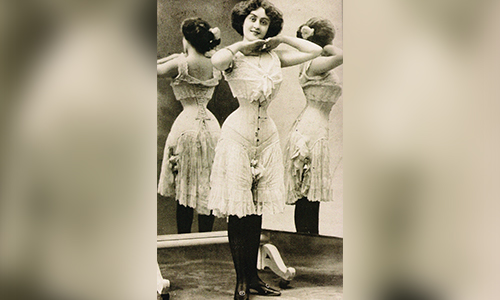
The term “lingerie” is derived from the French word “linge or linen”, and it refers directly to the material from which traditional underwear was made. Lingerie is basically classified into two types: hard and soft. Corsets, bustles, and structured bras are examples of hard lingerie, whereas unstructured garments such as slips, nightgowns, and panties are examples of soft lingerie. Lingerie's function and appearance have evolved alongside the evolution of the relationship between dress and the body.
18th Century
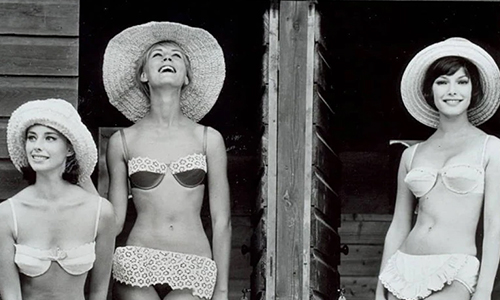
A History of Lingerie traces the evolution of intimate clothing from the 18th century to the present. It is better to begin than with the corset. The column dresses of the early 1800s made long-line corsets popular among women.
By the mid-eighteenth century, silhouettes had shifted to a more hourglass shape, with extreme waist-cinching made by steel or whale-bone corsets. The hoop skirt is another example of difficult-to-sit-in undergarments. This circular wire cage served as a frame and foundation for the large crinolines and full skirts which were popular at the time.
Hoop skirts became less popular as the volume of skirts decreased in the late 1800s. Corsets, on the other hand, were designed with skirt supporters to create a more subtle lift around the hips.
Frilly bloomers were popular at the end of the eighteenth century. A battery-powered corset that helps to strengthen internal organs, heal a weak back, and develop the chest were also introduced at the end of the eighteenth century.
19th Century
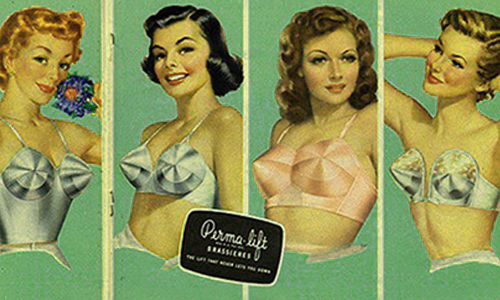
In the history of lingerie, the 19th century has made many lingerie revolutions in women’s wardrobes. Many 19th-century undergarments were distinguished by their simple designs and low-cost materials.
- By 1920, elasticized girdles had replaced constricting corsets with bras, slips. Even lounging apparel had taken on new, modern forms. Metal eyelets, invented at the start of the nineteenth century, made it easier for women to tug and pull their corsets tight without ripping or ruining the garment itself.
- Underwire bras were first introduced in the 1930s, but due to metal shortages during WWII, they failed to gain popularity among manufacturers. With the end of the war, the supportive, structured style gained traction.
- In a 1932 advertisement, a famous company denoted cup size and band measurement for the first time. Warner Bros adopted this method, which quickly became the industry’s standard trend.
- In 1933, The 'Full Fashion Double Support' bra was introduced for fuller-busted women featuring an extended band for added support.
- The first strapless bras designed by Jack Glick were introduced in 1946, providing women with an alternative to bustiers and corsets when wearing revealing necklines.
- Frederick Mellinger, the man behind the famous lingerie retailer “Frederick's of Hollywood” invented the push-up bra in 1947, giving every woman a better lingerie option.
- In the year 1949, the newly introduced adhesive bra made backless dresses and plunging necklines even more versatile than strapless styles.
- By the mid-nineteenth century that is 1950, silhouettes had shifted to a more hourglass shape, with extreme waist-cinching made possible by steel or whale-bone corsets.
- Lingerie sales fell in the 1960s as the new miniskirt silhouette necessitated a more practical combination of matching polyester bra and panties with tights to replace stockings and suspenders.
- Lingerie in the 1960s was playful and girly, with lots of ruffles, frills, and bows. It was distinguished by dainty florals and soft pastel colours.
- The first signs of the '80s effect can be seen near the end of the 1970s. Colours become more opulent and daring.
- The idea of wearing underwear as outerwear is most commonly associated with the 1980s, but the appearance of lingerie has long served as inspiration for fashion garments.
- By the early twentieth century, intimate apparel was frequently as beautiful and seductive as it was functional, as evidenced by colourful petticoats and opulent tea gowns. Meanwhile, many styles of underwear were becoming more streamlined to match the slimmer silhouettes of outerwear.
20th Century
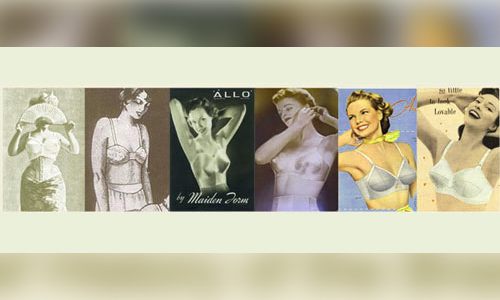
We don’t have to talk about the 20th century. The desired figure shifted from buxom to boyish in the '20s. Women began to dress in loose, shapeless silhouettes, and big boobs and butts simply got in the way. Thongs were both a blessing and a curse in a world dominated by low-rise jeans and micro-mini skirts. There will be no VPL! Yay!. On the other hand, it was out of control. On the red carpet, Halle Berry shows off her G-string for photographers.
Not to mention Kim Kardashian, she ushered in a new era of lingerie when she began wearing nothing but super-fitted bodycon dresses by Wolford. It was a truly cringe-worthy experience. Even the future Duchess of Cambridge couldn't keep her underwear hidden.
In the following decade, unstructured lingerie in featherweight fabrics will be worn to complement revealing, youth-driven clothing styles.

